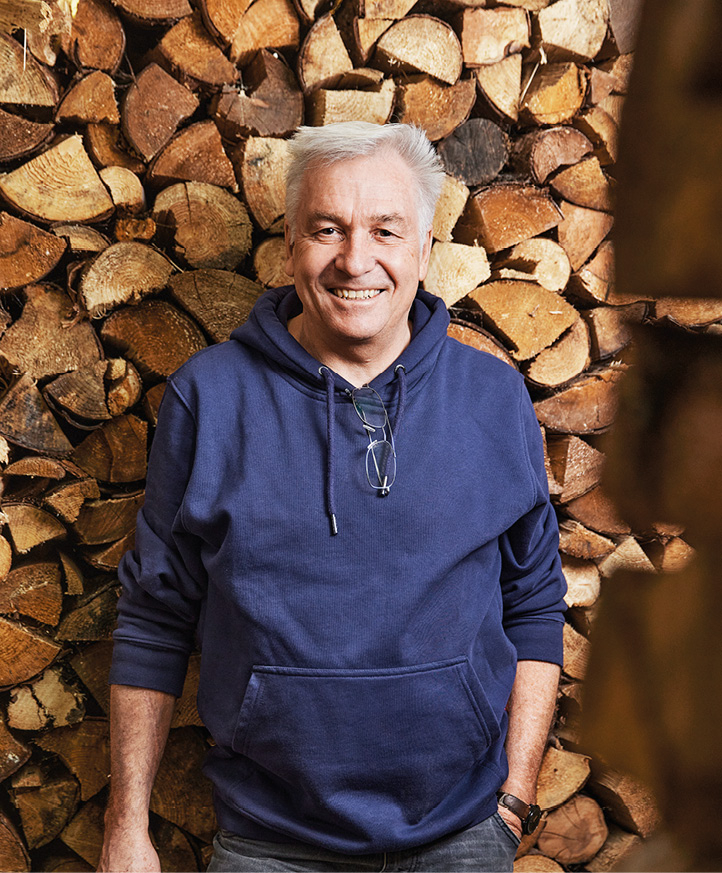Full of energy
As a project manager at Endress+Hauser, Peter Gibas helps customers find better ways to generate energy and use it more efficiently. But in his private life too, every watt counts. Here he explains why.

For me, energy is life. And my life continues to be shaped by energy. As an electrical engineer, I was responsible for energy supply systems at an automobile factory. I later went to work at a nuclear power plant, first as a reactor operator and then as a shift electrical foreman. I’ve been a field engineer at Endress+Hauser for 28 years, where among other things I manage energy projects. My current responsibilities mainly involve helping customers make green hydrogen marketable, or achieve higher turbine and engine efficiency – in other words, better utilization of energy.
This includes keeping an eye out for new technologies with the potential to make a real difference. I then work together with our partners to develop the measurement solutions needed to advance such technologies. The goal is to have reference systems so that people in the industry, including Endress+Hauser, can see that the technology works. My basic attitude is that if you want to change something, you have to set an example!

Energy shapes both the private and professional life of Endress+Hauser project manager Peter Gibas.
I follow this motto in my private life as well. Twenty-five years ago, when oil was still cheap and global warming was an issue that few were aware of, I installed a wood heating system with buffer storage in our home. The wood comes from my own patch of forest, which I keep reforesting – just recently we planted 640 trees. After that came a solar heating system that covers one-third of our heating needs. And three years ago, we put in a photovoltaic system for generating electricity.
Just like I do with my customers, at home I look to see how the energy is flowing, where it’s being wasted and how it can be better utilized. To cite a few examples: the house walls are especially thick so that very little heat escapes; the sunroom on the south side of the house is heated by solar power; our low-temperature underfloor heating system requires only minimal flow temperatures. We do our laundry when the sun is shining, to make immediate use of its converted electrical energy. And most recently, we stopped using energy guzzlers like halogen bulbs.
I’m pleased to see how, in recent years, energy has become the most important factor in industry. There is a lot of work being done on how best to convert energy and create less CO2. And green products are in demand. I hope this trend soon broadens across society as a whole. Because it’s important that we act now – and not just when we personally begin to feel the effects of atmospheric warming.
Published 15.07.2022, last updated 14.09.2022.
Dive into the world of the process industry through new exciting stories every month with our «changes» newsletter!









